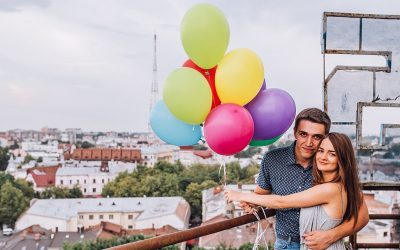If you’ve gotten into the photo booth business without spending too much time as an old-school photographer, you might find this basic guide to exposure handy.
There are 4 variables:
One is the amount of continuous light. If you don’t use a flash unit, this is the only light that makes an exposure. If you do use a flash (sometimes called a strobe) you’ll want some continuous light so the camera can see to focus and so the guests can see what they’re going to look like.
However, the other three variables are under your control. In most cases the photo booth software overrides the physical buttons and dials on your camera.
ISO – the sensitivity of the camera’s sensor or film to light. Years ago it was called ASA. In the film era, 400 was very fast.
100 200 400 800 1,600 3,200 6,400
Lower numbers give sharper photos with better color. Higher numbers look grainier or noisier, but you don’t need as much light.
Shutter Speed – how long does light get into the camera during the shot?
1 sec 1/2 1/4 1/8 1/15 1/30 1/60 1/125 1/250 1/500 1/1,000 1/2000 1/4000th second
Longer exposure let in more light Shorter exposure lets in less light
Longer exposure means more motion blur Shorter exposure gives less blur, stops action
Lens opening/aperture/f-stop (these numbers are the bottom half of a fraction)
f1.4 f2 f2.8 f4 f5.6 f8 f11 f16 f22 f32
Large f-stop lets in more light Small f-stop lets in less light
Large f-stop gives less depth of field Small f-stop gives more depth of field
You can’t always get what you want (Mick Jagger said that). Sometimes you have to trade off one setting for another.
If you use a flash (strobe), changing the shutter speed won’t change brightness. Why? Because the flash itself has a very short duration. It’s brilliant for about 1/500th of a second or less. So whether you set a shutter speed of 1/30th or 1/200th of a second, the “brilliance” arrives on target for only that 1/500th. The short exposure effectively freezes action.
Most cameras can’t use flash at shutter speeds higher than 1/200th of a second. If your photos are partially black, try lowering the shutter speed (going from 1/500th to 1/125th, for example).
If you see something like the photo below, try setting your flash speed to a slower setting.

Blog contributor Chris Lydle is the author of The Photo Booth Book: a business guide to photo booth operations. Learn more




0 Comments